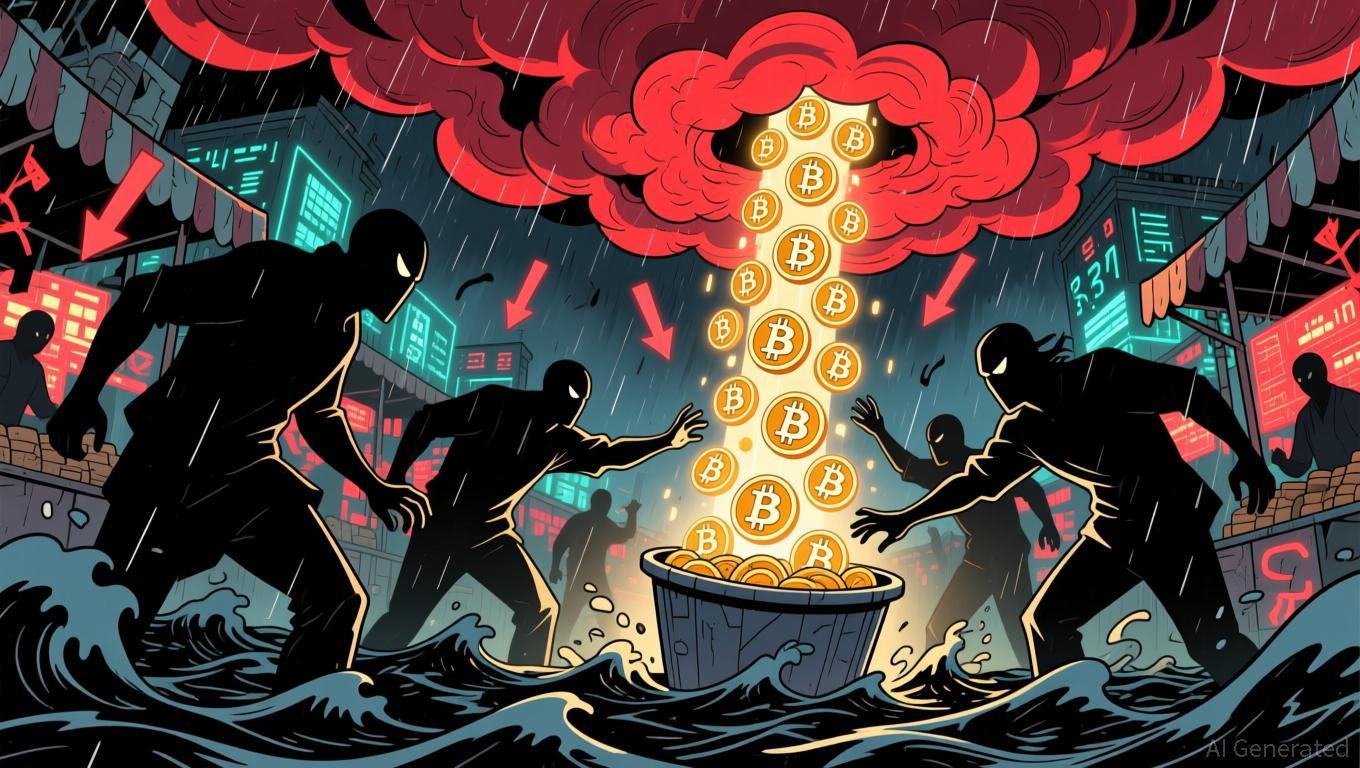Decentralized exchanges post record $1.43T Q3 volume: What it means for price discovery?
Decentralized exchanges (DEX) registered $1.43 trillion in spot volume during the third quarter, marking the strongest quarterly performance on record and signaling a structural shift in how crypto markets establish prices.
The figure represents a 43.6% increase from the $1 trillion registered in the second quarter, and surpasses the previous record of nearly $1.2 trillion set between January and March.
August and September delivered the second- and third-largest monthly volumes in history, at $510.5 billion and $499.1 billion, respectively, trailing only January 2025’s $560.3 billion.
Additionally, DEXs captured 17.7% of the total crypto spot volume traded by their centralized counterparts, according to data from The Block. The percentage beats the second quarter’s ratio and the previous record by 0.1%.
The milestone demonstrates that decentralized platforms kept pace with centralized counterparts during a period of elevated trading activity, a feat that suggests maturing infrastructure and deepening liquidity pools.
Price Discovery Shifts On-Chain
The volume surge coincides with a fundamental change in market conditions. Analyst Ignas noted in January that tokens recently listed on Binance underperformed the broader market, indicating price discovery occurs on decentralized exchanges before centralized platforms serve as exit liquidity venues.
Simon’s Cat (CAT) and Magic Eden’s ME token both experienced a drop of approximately 70% after their listings. Meanwhile, Velodrome’s (VELO) Binance listing exemplified the pattern.
The token plunged nearly 70% to $0.1154 after trading pairs launched, confirming that centralized exchanges increasingly function as exit liquidity rather than discovery venues.
The analyst noted:
“Previously, price discovery occurred in private VC markets, with CEXs as exit liquidity. Now, DEXs are for price discovery and CEX for exit liquidity.”
The predominance of sophisticated traders classified as “smart money” on decentralized platforms drives this transition.
Repeated $100 billion-plus monthly volumes on Uniswap and its peers mean more price ticks are set in automated market maker curves and request-for-quote auctions, rather than order books at custodial venues.
Infrastructure implications
Despite Ignas’ observations from January, the decentralized trading venues have shown sustained usage by investors. This growth reconfigures market plumbing, altering who sets prices, bears risk, and directs liquidity.
When decentralized exchanges consistently post triple-digit billion monthly volumes, the dynamic reweights indices, market-making models, and oracle design toward DEX liquidity sources. The result produces more transparent, programmatic markets where custody and execution converge in a single wallet.
Liquidity, pricing, and risk management are migrating to smart contracts and solver networks, while regulators, indexers, and market makers are increasingly treating on-chain venues as primary rather than peripheral sources of truth.
Having exit liquidity streams through centralized exchanges remains healthy for the market, providing outlets for position unwinding and capital rotation.
The two-tiered structure enables price formation on decentralized rails while maintaining deep exit venues for traders seeking immediate liquidity on a large scale.
The post Decentralized exchanges post record $1.43T Q3 volume: What it means for price discovery? appeared first on CryptoSlate.
Disclaimer: The content of this article solely reflects the author's opinion and does not represent the platform in any capacity. This article is not intended to serve as a reference for making investment decisions.
You may also like
Bitcoin News Update: Bitcoin's Recent Decline: Can Institutional Investors Help Steady the Market or Intensify the Slump?
- Bitcoin's price drop below $85,000 has intensified debates as long-term holders offload over 400,000 BTC, per economist Peter Schiff's warning about "weak hands" deepening selloffs. - High-profile exits like Owen Gunden's $1.3B BTC liquidation highlight profit-taking by OGs, while institutions via ETFs have absorbed 2.39M BTC since 2024, per Ark Invest. - Market fragility worsens as gamma exposure forces dealers to sell near $85,000 support, but institutional demand could stabilize prices if buying conti

YFI Value Drops 4.78% Over the Past Week as Market Fluctuations Continue
- YFI rose 0.1% in 24 hours but fell 4.78% in seven days, with 14.2% monthly and 50% annual declines. - Price movements reflect broader market instability, not project-specific updates or governance changes in Yearn.finance. - Analysts predict YFI remains sensitive to macroeconomic trends and global investor sentiment in the near term. - Token consolidation continues without fundamental shifts, urging investors to monitor on-chain metrics and protocol updates.

Bitcoin News Today: Bitcoin Drops to $90K—Is This a Prime Buying Chance or the Start of a Deeper Downturn?
- Bitcoin fell below $90,000, pushing 70% of active capital into losses and erasing $120B in market value. - Short-term holders face >30% drawdowns, with fear metrics hitting 2-year lows as $1.9B in leveraged positions liquidated. - Analysts cite historical rebounds after extreme fear, but MicroStrategy's leveraged holdings risk further selling if prices drop. - Institutional actions and Fed policy uncertainty remain key factors, though oversold indicators suggest potential 40% near-term rebound.

Coast Guard Strengthens Prohibition of Hate Symbols to Combat Antisemitism and Extremist Activity
- U.S. Coast Guard reversed a policy to reclassify hate symbols like swastikas and nooses from "potentially divisive" to prohibited, following backlash from lawmakers and advocacy groups over antisemitism risks. - The reversal came after a leaked draft proposal aligned with Trump-era Pentagon directives, which critics argued weakened harassment definitions and accountability for hate incidents. - Coast Guard reaffirmed strict prohibitions on divisive symbols, emphasizing severe punishment for violations, b

